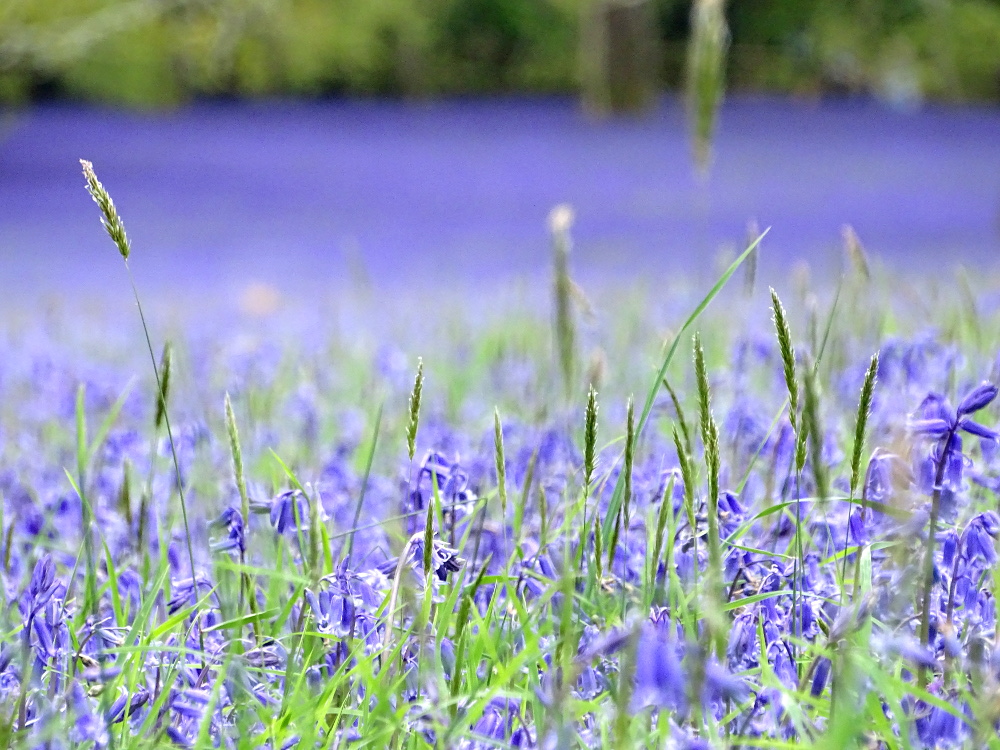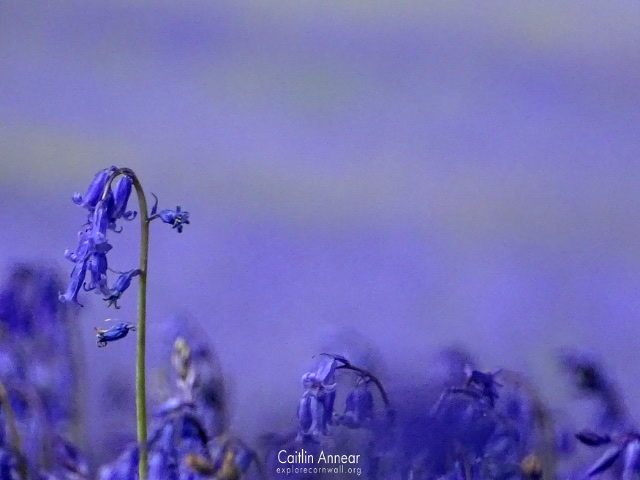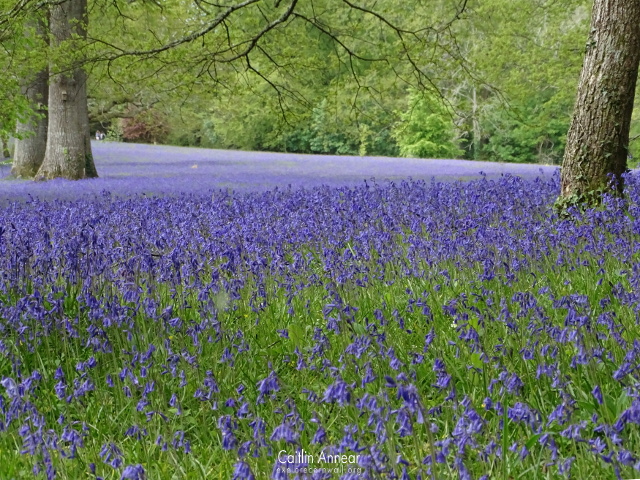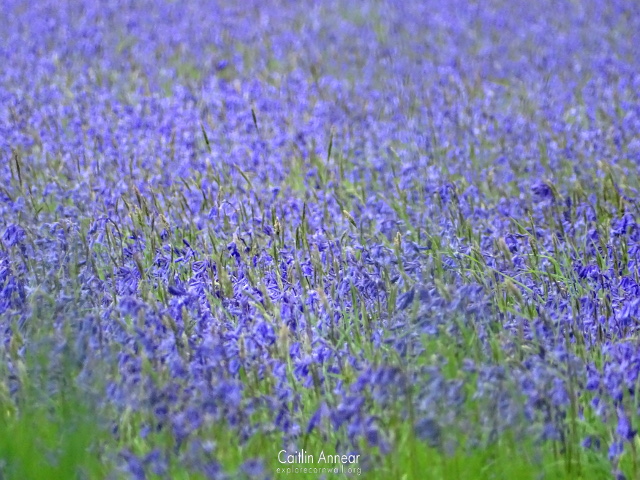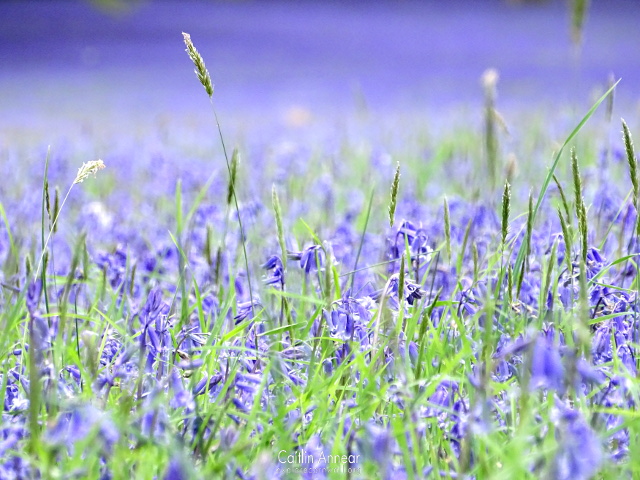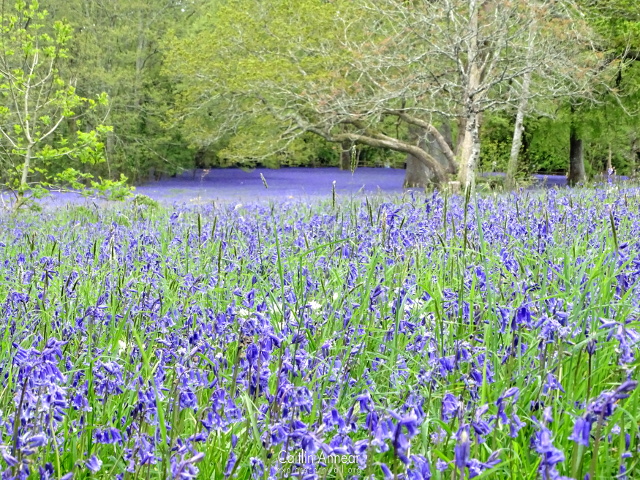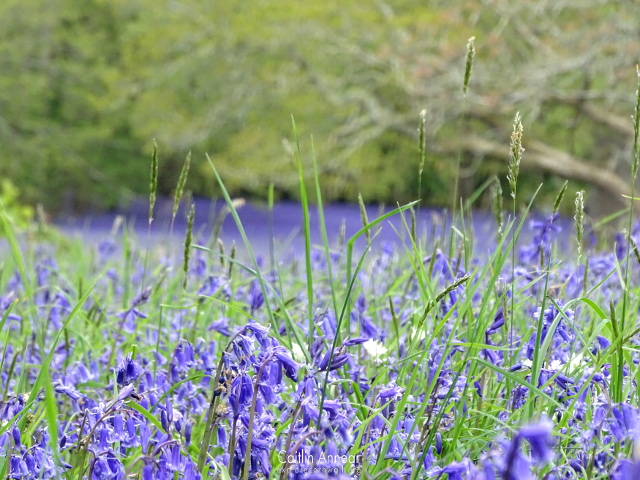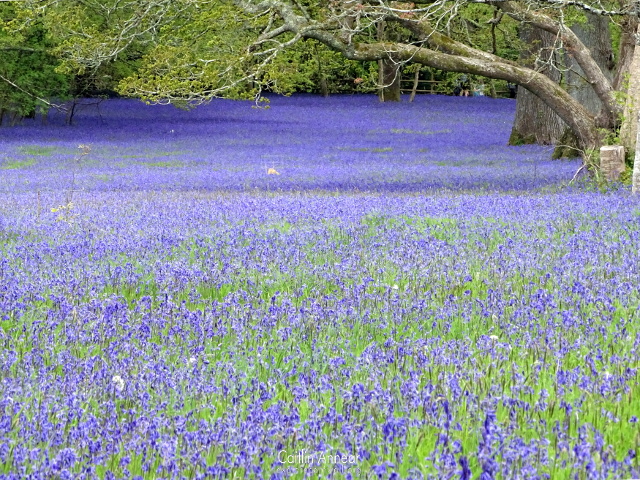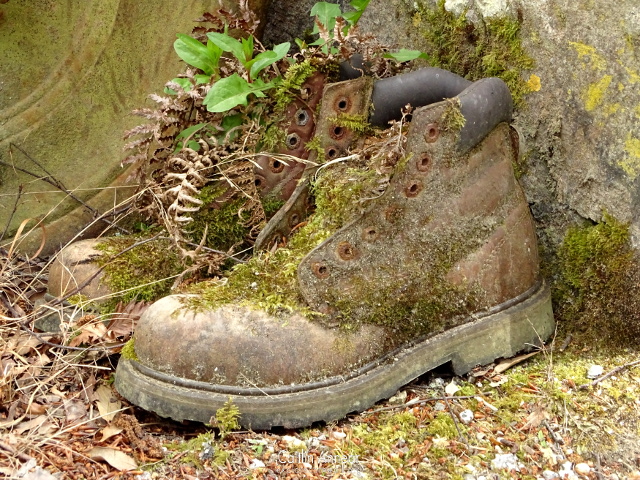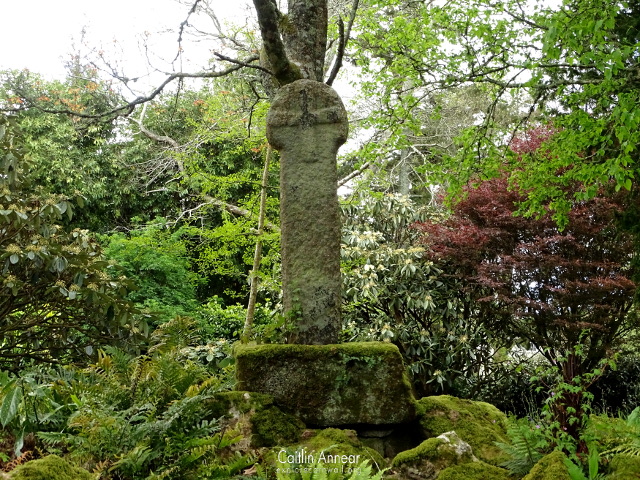Enys house and gardens near the village of Enys, Penryn has been home to the Enys family since at least 1272. The estate currently includes over 1,000 acres of farm and woodland, although at one point the family also owned land in Camborne, St Agnes and Portscatho. It’s name originated from the Enys village, with enys or ennis coming from the Cornish meaning ‘island’.

Parc Lye is probably the most famous part of the estate and encompasses the 6 acres of bluebells (Hyacinthoides non-scripta). These bloom through early spring and create a sea of blue-purple across the grounds.
The family history is extensive and features numerous members of armed forces and links with other Cornish families such as the Pendarvis’, Basset’s and Penrose’s. The most recent owners are Enys Henry Enys, nee Rogers (1861-1939), Charles Reginald Saltren Enys, nee Rogers (1897-1980), Gordon Leonard Rogers (1916-2006) and current owners Wendy Fowler and Christoper Rogers.
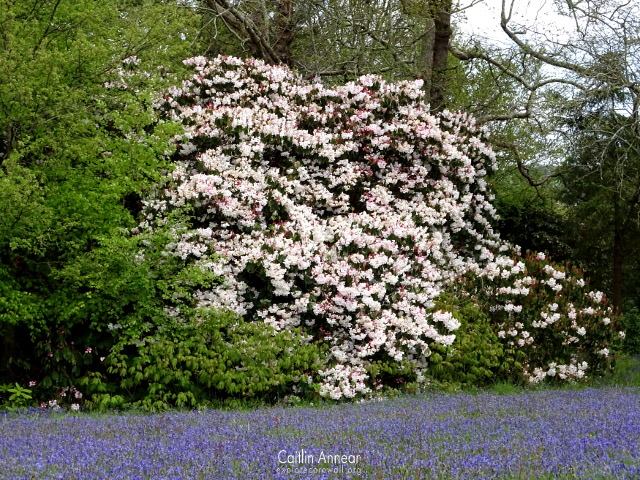
Enys house has an eclectic history, with its current version being the third instalment. No records exist of the first house which was built on another unknown part of the estate, but the second would have been an Elizabethan or Jacobean E-shaped mansion build just before the civil war. In the 1820’s, the house suffered major damage from a fire. The parts of the building that survived were incorporated into the present day structure.
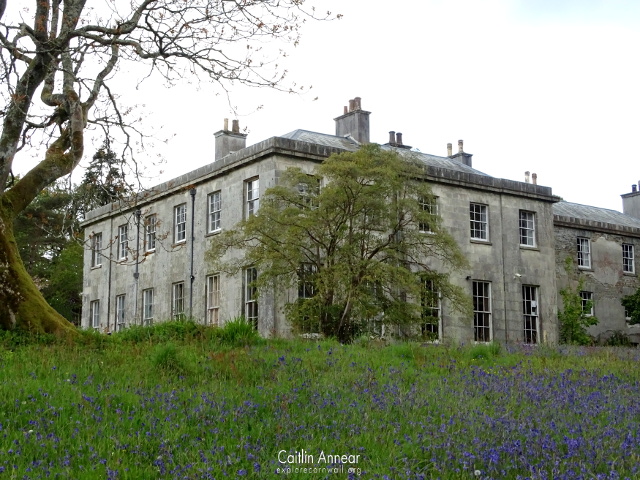
The final house was built by John Samuel Enys (1796-1872), who inherited the estate in 1821. Much of the more detailed architecture was done by Henry Harrison, a London architect who also produced designs for the gardens. Some of the building was made with granite from St Stephen and Aberthaw lime stone. At the end of the 19th century and into the 20th, few changes were made to the house. As the current proprietors were away in New Zealand, they frequently sent back plants and seeds, creating the New Zealand garden that exists today.
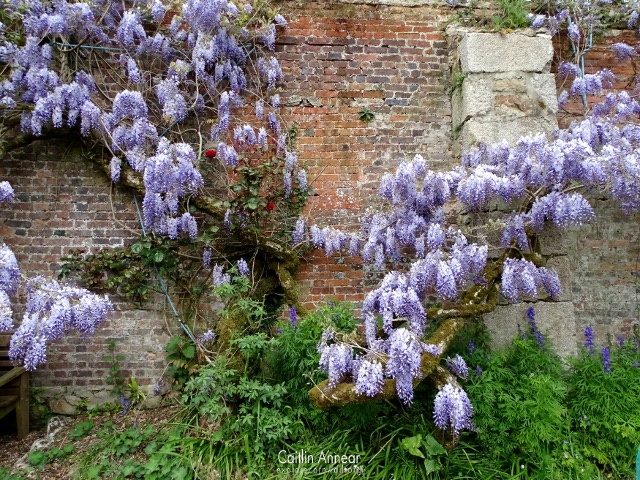
In 1940, the Dutch Navy acquisition the property for training purposes, particularly as they could no longer return to the Netherlands. This was an ideal location for them due to its proximity with the Carrick Roads, known for its deep waters. Following the departure of the Navy in 1946, the family lived in the house for a short while, but struggled to fully staff the place. In 1950 the house was used as a Preparatory school for boys aged 7-13. This venture however was short lived, and the house has remained empty since.
It is currently in a state of disrepair, although extensive work has been done to try and rectify this. At one point, the house was home to 8 species of bats, which took a great deal of time and money to remove from the main areas of the property. Efforts have also been made to get rid of the rot and woodworm.

There is a new orchard has been designed to grown different varieties of Cornish apples. Some that are already in place are the dessert apples ‘Cornish Aromatic’ and ‘Cornish Honey Pin’ as well as cider apples ‘Captain Broad’ and ‘Tan Harvey’. At the bottom of the gardens are a set of ponds which were originally designed for practical purposes, supply water for both the house and fish stocks. They now provide a calm and tranquil environment in which to walk and enjoy the eclectic mix of plants.
Near the ponds is still visible one of the two waterwheels that were built in 1821. This one would have pumped water up to the main house, while another hidden in the valley near Carvinack supplied a now overgrown reservoir and fire hydrants. Enys is home to a granite Cornish cross, which originated from West Penwith where it was sent in return for a “cartload of things”. It’s been in place since at least 1848.
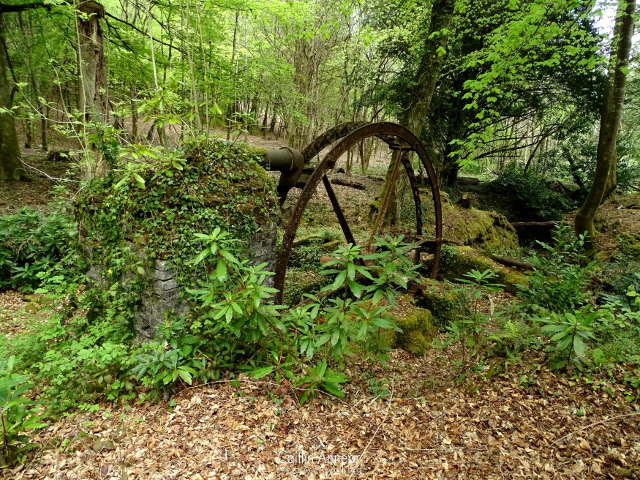
Enys opens seasonally and is currently open (as of June 2019)
Tue and Thu 2-5pm and Sun 11-5pm from April 1st to Sept 20th.
The house and gardens can also be opened for special events, dates and times of which can be found on their website and Facebook page.
Some of the paths around the gardens are not suitable for wheelchair users.
There is free parking available.
Enys Garden (2019) History of Enys – Enys Gardens. Available at: http://www.enysgardens.org.uk/our-story/enys-house-2/ (Accessed: 8 June 2019).
The Enys Project (no date) Enys Family Archive. Available at: http://enysfamilyarchive.co.uk/?page_id=1021 (Accessed: 8 June 2019).
